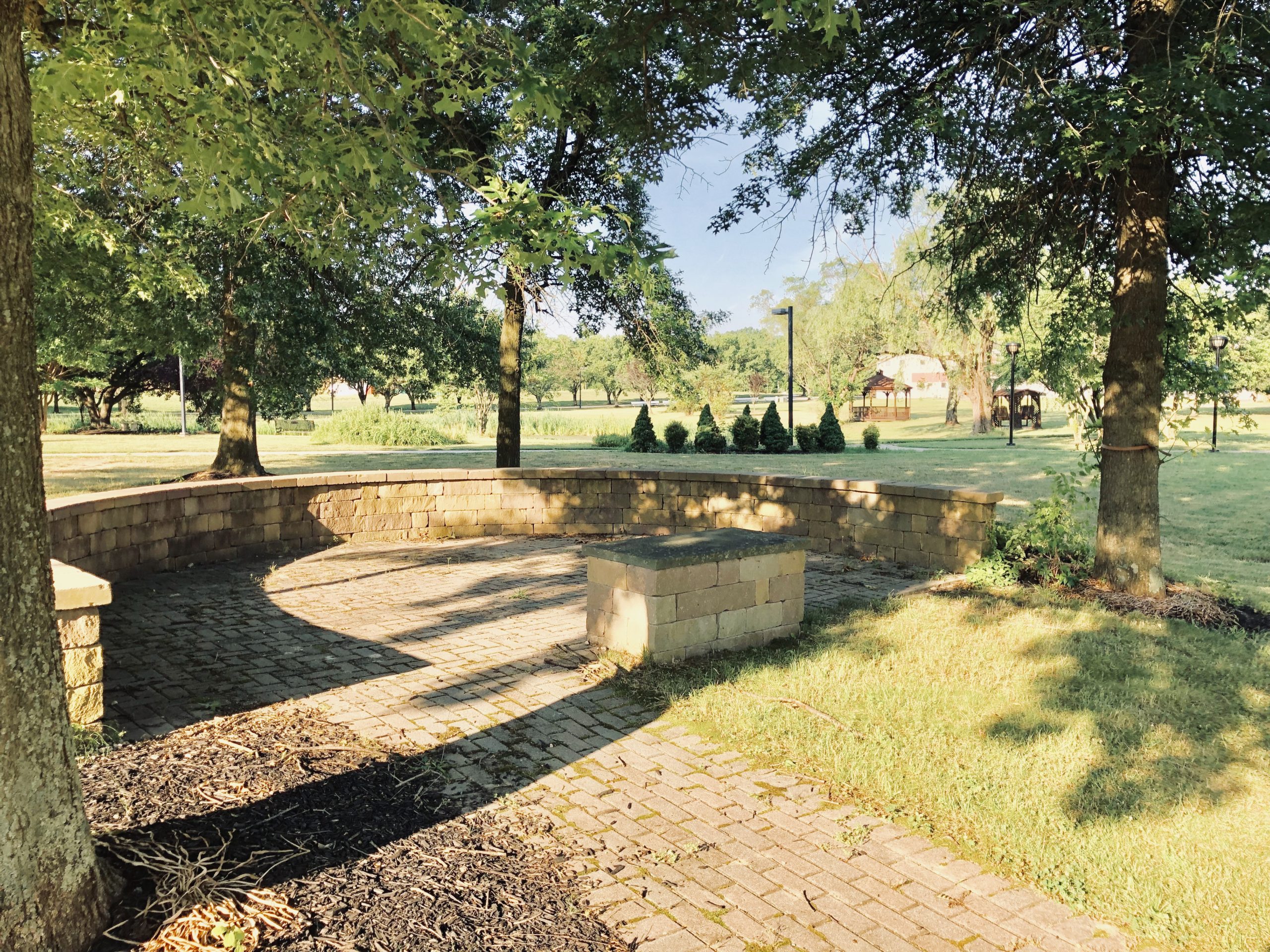Why System Development continues to be a challenge?

The PPT “Triangle” is at the root of this issue
Origins
The People-Process-Technology (PPT) Triangle has a less than defined origin (Bravo, 2013); however, it has proven valuable in creating holistic solutions to modern-day problems. In cybersecurity, for example, it is used as a methodology to solve incomplete security controls.
Furthermore, in the area of general System Development (SD), these three components contribute to a solution especially holistically in the resolution of technological problems. Technology enhances the people component by giving people quicker and more processed information to make better decisions. Processes are improved as people refine those procedures and policies to derive greater adeptness and ability to resolve modern-day technological challenges. For example, leadership can leverage better training for its employees about password protection (people) and company policies that provide for stern punishment if an employee does not change their password regularly (process).
The Disconnect
The disconnect in SD comes from the classic “black box” approach. Developers (and senior leaders) rush to developing a technological solution without any consideration for the People and Process components. This may not be clear to the average reader, but it must start with a Requirement.
While we (the program management) as a community complain about how arduous the requirement process is, we also recognize the adage that “poor requirements result in poor systems.”
Ultimately, the issue continues to be the delivery of a technology with little to no consideration of the people (who? how many? skill sets, training, professional development pathways, etc.) and process (requirements, functional requirement documents, technical specification concepts, procedural guides, etc). Figure 1 below is only meant to graphical depict the SD problem. The better representation would be in the form of the upside-down PPT triangle (right-side triangle).
This is not a new problem, but why do we keep falling back upon poor vice best practices in such a critical realm?

People and Processes need to start the effort…the Technology (material solution) should follow….
References
Bravo, M. A. (2013, September 8). Who created the People – Process – Technology framework? Retrieved from Quora: https://www.quora.com/Who-created-the-People-Process-Technology-framework
Halladay, S. D. (2013). Using predictive analytics to improve decisionmaking. The Journal of Equipment Lease Financing (Online), 31(2), B1-B6. Retrieved from https://search.proquest.com/docview/1413251757?accountid=44888
Silver, N. (2012). The signal and the noise: Why so many predictions fail–but some don’t. New York: Penguin.
Taleb, N. N. (2007). The black swan: The impact of the highly improbable (Vol. 2). New York: Random house.

Dr. Russo is currently the Senior Data Scientist with Cybersenetinel AI in Washington, DC. He is a former Senior Information Security Engineer within the Department of Defense’s (DOD) F-35 Joint Strike Fighter program. He has an extensive background in cybersecurity and is an expert in the Risk Management Framework (RMF) and DOD Instruction 8510, which implement RMF throughout the DOD and the federal government. He holds a Certified Information Systems Security Professional (CISSP) certification and a CISSP in information security architecture (ISSAP). He has a 2017 Chief Information Security Officer (CISO) certification from the National Defense University, Washington, DC. Dr. Russo retired from the US Army Reserves in 2012 as a Senior Intelligence Officer.









